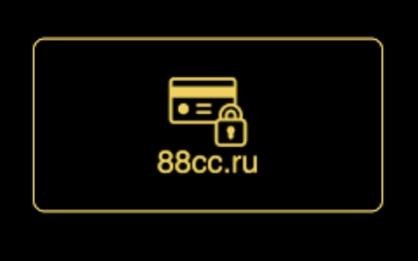
If you use credit or debit cards, you may have heard of CVV dumps. CVV stands for Card Verification Value, a security feature that helps prevent fraud by verifying that you have the card in your possession. A CVV dump refers to a collection of stolen CVV codes that hackers sell on the dark web to other criminals who use them to make unauthorized purchases or withdrawals from your account. In this article, we'll explore what CVV dumps are, how they work, and how you can protect yourself from becoming a victim of fraud.
What are CVV dumps?
A CVV dump typically contains the following information:
The cardholder's name and billing address
The card number, expiration date, and CVV code (usually three digits on the back of the card)
Additional data such as the card type (Visa, Mastercard, etc.), the issuing bank, and the country of origin
Hackers can obtain this information in various ways, such as by infecting your device with malware, phishing for your credentials, or exploiting vulnerabilities in payment systems. Once they have enough CVV dumps, they can sell them on underground markets, either as individual records or as bulk packages that can include thousands of records. The buyers of these dumps can then use them to create fake cards, make online purchases, or withdraw cash from ATMs.
How to protect yourself from CVV dumps?
To reduce the risk of CVV dumps, you can take the following measures:
Use secure payment methods: Whenever possible, use trusted and encrypted payment gateways that require strong authentication, such as two-factor authentication (2FA) or biometrics. Avoid using public Wi-Fi or unsecured websites to make transactions.
Check your bank statements regularly: Review your account activity frequently to detect any suspicious or unauthorized transactions. Report any discrepancies or fraud to your bank or card issuer immediately.
Be cautious of phishing scams: Don't click on links or download attachments from unknown sources, especially if they ask for your personal or financial information. Use anti-malware software and keep your operating system and apps up to date.
Protect your devices and passwords: Use strong passwords that are unique and complex, and don't share them with anyone. Enable device encryption and backup your data regularly. Don't store sensitive information on your devices or in cloud services that aren't encrypted or secured.
Consider using a credit monitoring service: Some services can alert you if there are any changes to your credit reports or scores, which can indicate fraud or identity theft.
By following these guidelines, you can reduce the risk of becoming a victim of CVV dumps or other types of fraud. Remember to stay vigilant and informed about the latest threats and trends in cybersecurity, and don't hesitate to ask for help or advice if you have any doubts or concerns
© 2025 NatureWorldNews.com All rights reserved. Do not reproduce without permission.





